.png)
Japan has emerged as a global leader in regenerative medicine, offering advanced stem cell therapy for diabetes in Tokyo Japan and other major cities under one of the world's most robust regulatory frameworks. For patients seeking alternatives to traditional insulin management, Japan offers a unique blend of cutting-edge innovation and strict safety standards.
This comprehensive guide explores the reality of diabetes stem cell treatment in Japan, covering costs, top clinics in Osaka and Tokyo, success rates, and the patient journey for international visitors.
Key Takeaways
-
Japan's Regulatory Safety: Japan is one of the only countries with a specific law (the Act on the Safety of Regenerative Medicine) that legalizes and strictly regulates private stem cell therapies, ensuring high safety standards for international patients.
-
Two Types of Treatment: Patients can access commercial Mesenchymal Stem Cell (MSC) therapy for diabetes management (reducing inflammation and insulin resistance) or apply for highly selective clinical trials using iPS cells for a potential cure.
-
Global Cost Comparison:
-
Japan (Tokyo/Osaka): $15,000 – $40,000 USD (Includes advanced cell culturing & safety testing).
-
Mexico: $3,500 – $15,000 USD.
-
Turkey: $4,000 – $10,000 USD.
-
USA: $25,000 – $50,000+ USD (Often less regulated for expanded cells).
-
South Korea: $10,000 – $25,000 USD.
-
Understanding Stem Cell Therapy for Diabetes in Japan
Japan offers a unique "safe zone" for regenerative medicine where treatments are strictly regulated by the Ministry of Health, allowing for advanced cell culturing techniques that are often unavailable in other countries.
While traditional diabetes management focuses on symptom control, regenerative medicine for diabetes in Japan aims to address the root cause. Japanese clinics primarily use Autologous Adipose-Derived Mesenchymal Stem Cells (MSCs). These cells are harvested from your own fat tissue, cultured in a lab to multiply into hundreds of millions of potent cells, and then reintroduced into your body.
The primary goal of this therapy in private clinics is immunomodulation—calming the immune system's attack on the pancreas (in Type 1) and reducing systemic inflammation to improve insulin sensitivity (in Type 2).
The "Japan Advantage": The ASRM Law
Unlike many countries where stem cell clinics operate in legal gray areas, Japan enforces the Act on the Safety of Regenerative Medicine (ASRM). This law requires every clinic to:
-
Submit a detailed treatment plan to a government-accredited committee.
-
Process cells only in certified Cell Processing Centers (CPCs).
-
Report patient outcomes and safety data to the government.
Did You Know? Japan is the birthplace of Induced Pluripotent Stem Cells (iPS cells), discovered by Nobel Laureate Shinya Yamanaka. While iPS treatments are mostly in clinical trials, this heritage drives the high quality of regenerative medicine in Osaka Japan and Tokyo today.
The Procedure: What to Expect During Your Medical Stay
The typical treatment protocol involves two visits: a short trip for fat harvesting and a second trip 4-6 weeks later for the stem cell infusion, though some clinics offer expedited options.
Undergoing stem cell therapy for diabetes in Japan is a structured medical process, not a simple spa visit.
Phase 1: Consultation & Harvest (Visit 1)
-
Duration: 2-3 Days.
-
Activity: You arrive in Japan, undergo blood tests and a final medical check. The doctor performs a mini-liposuction (usually under local anesthesia) to harvest a small amount of abdominal fat.
-
Lab Work: Your fat tissue is sent to a certified Cell Processing Center (CPC). Over the next 3-5 weeks, technicians isolate your stem cells and culture them to increase their numbers from a few thousand to over 100 million.
Phase 2: The Infusion (Visit 2)
-
Duration: 3-5 Days.
-
Activity: You return to the clinic once your cells are ready. The cells are administered via an intravenous (IV) drip, which typically takes 60-90 minutes. Some protocols may include local injections if deemed necessary for complications (e.g., diabetic foot).
-
Aftercare: Observation for a few hours, followed by a discharge. Most patients can sightsee the next day.
Expert Insight: "The critical difference in Japan is the cell count. Because Japanese law allows for extensive cell culturing (expansion), patients receive doses of 100 million to 300 million cells. In countries with stricter 'minimal manipulation' laws like the US, patients might only receive a fraction of this dose."
Cost of Stem Cell Therapy for Diabetes: Japan vs. The World
Treatment in Japan costs between $15,000 and $40,000, reflecting the high cost of certified lab processing, safety testing, and medical expertise.
The cost of stem cell therapy for diabetes in Japan is higher than in Mexico or Turkey but lower than comparative treatments in the US. The price premium covers the regulatory compliance and high-tech cell expansion that ensures you are receiving live, viable cells.
Global Cost Comparison Table
|
Country |
Average Price Range (USD) |
Key Feature |
Regulatory Status |
|---|---|---|---|
|
Japan |
$15,000 – $40,000 |
High Cell Count (Cultured) |
Strictly Regulated (ASRM) |
|
Mexico |
$3,500 – $15,000 |
Affordability & Proximity |
Variable Regulation |
|
Turkey |
$4,000 – $10,000 |
All-inclusive Packages |
Moderate Regulation |
|
USA |
$25,000 – $50,000+ |
Convenience |
Restrictive (No Expansion) |
|
South Korea |
$10,000 – $25,000 |
Advanced Tech |
Strict Regulation |
|
Thailand |
$12,000 – $20,000 |
Wellness Focus |
Moderate Regulation |
What is included in a Japanese Package?
-
Medical visa assistance.
-
Translation services (often extra, approx. $100-$200/day).
-
Cell harvesting and strict safety testing (virus screening).
-
Cell culturing (4-6 weeks) in a CPC.
-
Cryopreservation (freezing cells for future use) is often an optional add-on ($1,000 - $3,000/year).
Success Rates & Patient Outcomes for Diabetes
While a total cure is rare for established diabetes, successful outcomes often include a 20-40% reduction in insulin requirements and significant improvements in HbA1c levels.
When researching success rates of stem cell therapy for type 2 diabetes in Japan, it is vital to manage expectations.
-
Type 2 Diabetes: Patients often report better blood sugar stabilization, increased energy, and a reduction in medication dosage. The anti-inflammatory effect can also help heal diabetic ulcers and improve neuropathy.
-
Type 1 Diabetes: The goal is usually to preserve any remaining beta-cell function (the "honeymoon phase"). Complete insulin independence is rare with standard MSC therapy, though clinical trials in Japan 2025 using iPS cells are aiming for this "holy grail."
Real Patient Outcomes:
-
HbA1c Reduction: Many patients see a drop of 1-2 points in HbA1c over 6-12 months.
-
Complication Management: improved kidney function markers and reduced nerve pain are common secondary benefits.
Candidacy & Contraindications
Ideal candidates are those with uncontrolled Type 2 diabetes despite medication, or early-stage Type 1 patients looking to preserve function; active cancer is a major contraindication.
Not everyone qualifies for stem cell treatment for diabetes in Tokyo Japan. Clinics have strict exclusion criteria to ensure safety.
You may NOT be a candidate if you have:
-
Active cancer or a history of cancer in the last 5 years.
-
Severe active infections (HIV, Hepatitis, etc., though some clinics have specific protocols).
-
Pregnant or breastfeeding.
-
Severe end-stage organ failure (requires case-by-case review).
Best Candidates:
-
Patients concerned about long-term complications (kidney, eyes, nerves).
-
Those struggling to control blood sugar despite strict diet and medication.
-
Patients willing to travel twice or stay for an extended period.
Planning Your Trip: Visa, Logistics & Translation
International patients typically require a Medical Stay Visa, and hiring a professional medical interpreter is highly recommended to navigate the Japanese healthcare system.
Medical Visa for Japan
For treatment, you cannot enter on a standard tourist visa if the stay is long or requires hospitalization (though outpatient stem cell therapy often falls into a gray area, most reputable clinics insist on the correct visa).
-
Requirement: You need a "Guarantor" (usually the medical coordination agency or the clinic) to apply for a Medical Stay Visa.
-
Validity: Can be up to 3 years for multiple entries (perfect for follow-up treatments).
Language Barriers
Do not assume all staff speak English.
-
Clinics: Major clinics like Helene often have English-speaking coordinators.
-
Translators: If your clinic does not provide one, you must hire a medical interpreter. Services like MedicTranslate or local agencies can arrange this.
Suggested Itinerary
-
Month 1: Remote consultation (Zoom) & medical record review.
-
Month 2: Fly to Tokyo/Osaka for 3 days (Cell Harvest).
-
Month 3: Fly back for 3-4 days (Infusion).
-
Month 6: Remote follow-up.
Frequently Asked Questions (FAQ)
Is stem cell therapy for diabetes legal in Japan?
Yes, it is completely legal and regulated under the Act on the Safety of Regenerative Medicine (ASRM). Clinics must hold a specific license and government-approved treatment plan to offer these services.
Can stem cell therapy cure Type 1 Diabetes?
Currently, commercially available MSC therapy is not a cure but a management tool to reduce inflammation and preserve remaining function. However, Japan is conducting advanced clinical trials using iPS cells that aim for a functional cure in the future.
How long do I need to stay in Japan for treatment?
Most patients make two trips. The first trip is 2-3 days for cell harvesting. The second trip, about 4-6 weeks later, is 3-5 days for the infusion. Some clinics offer "ready-to-use" donor cells (allogeneic) which require only one trip, but autologous (your own cells) is the standard in Japan.
What is the success rate for Type 2 Diabetes?
While "success" varies, data suggests that approximately 70-80% of patients experience some level of improvement, such as reduced medication dosage, better glycemic control, or relief from neuropathy symptoms.
Does insurance cover stem cell therapy in Japan?
No, this is considered an elective, self-pay treatment. Neither Japanese National Health Insurance nor international travel insurance typically covers regenerative medicine procedures.
Why is stem cell therapy cheaper in Mexico than Japan?
Japan's higher costs are due to strict government regulations, the high cost of operating certified Cell Processing Centers (CPCs), and the advanced safety testing required by law. Mexico has lower operational costs and a different regulatory environment.
Ready to Explore Your Options?
Navigating the world of regenerative medicine can be overwhelming. Japan offers a unique combination of safety, technology, and medical expertise that is hard to match.
If you are considering stem cell therapy for diabetes in Japan, let PlacidWay be your guide. We connect you directly with government-accredited clinics in Tokyo and Osaka, ensuring you receive transparent pricing and a safe medical journey.


.png)
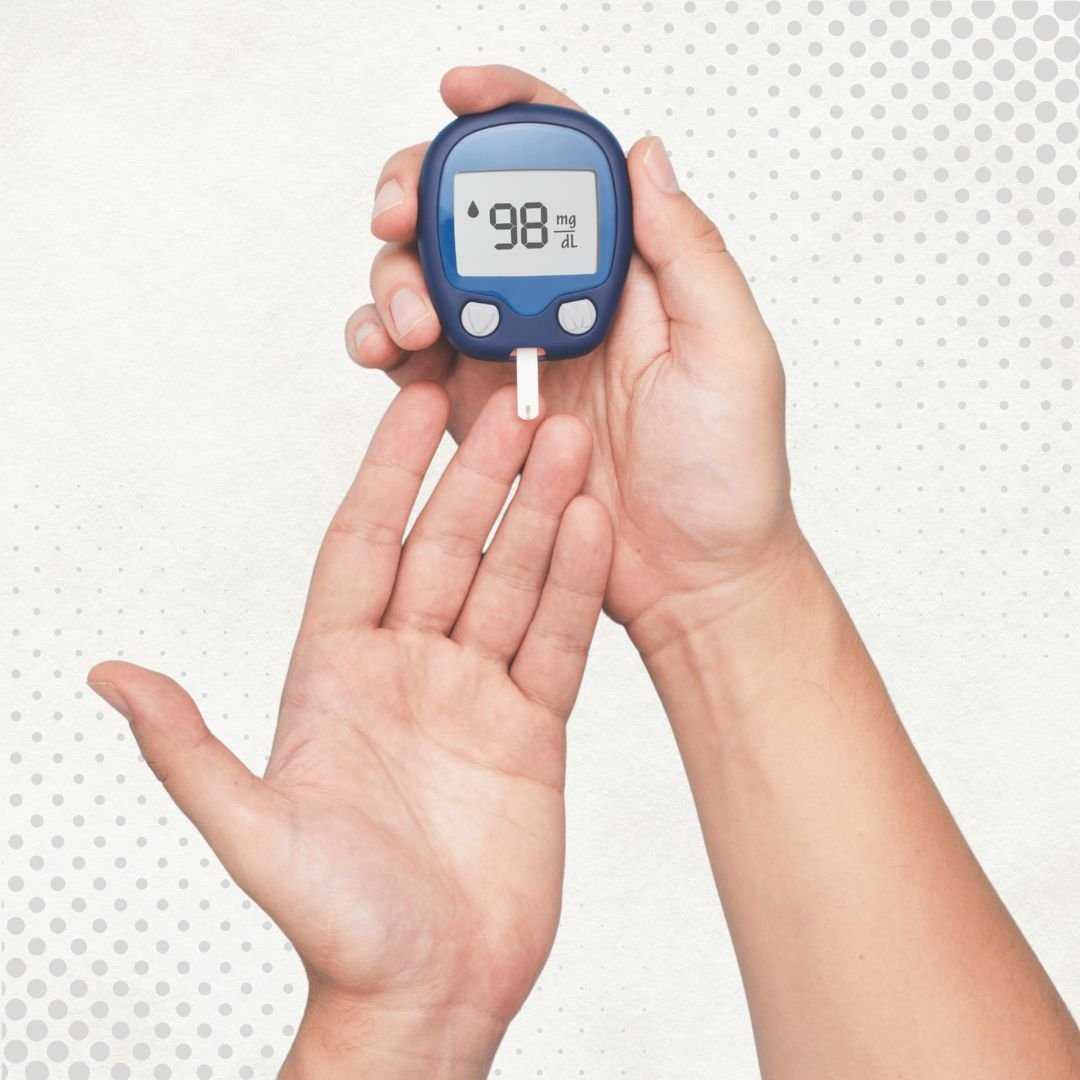

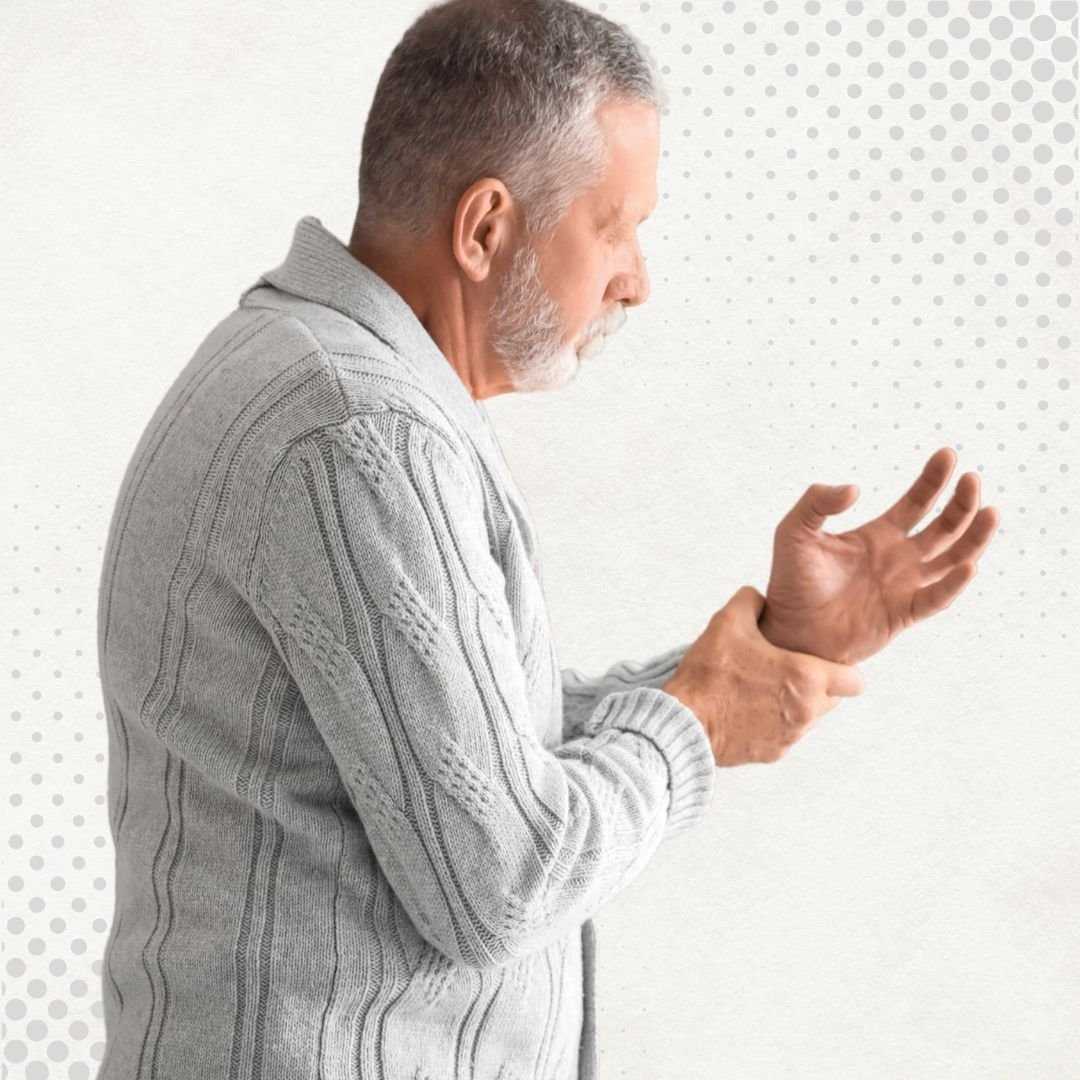

.jpg)
.jpg)

.png)
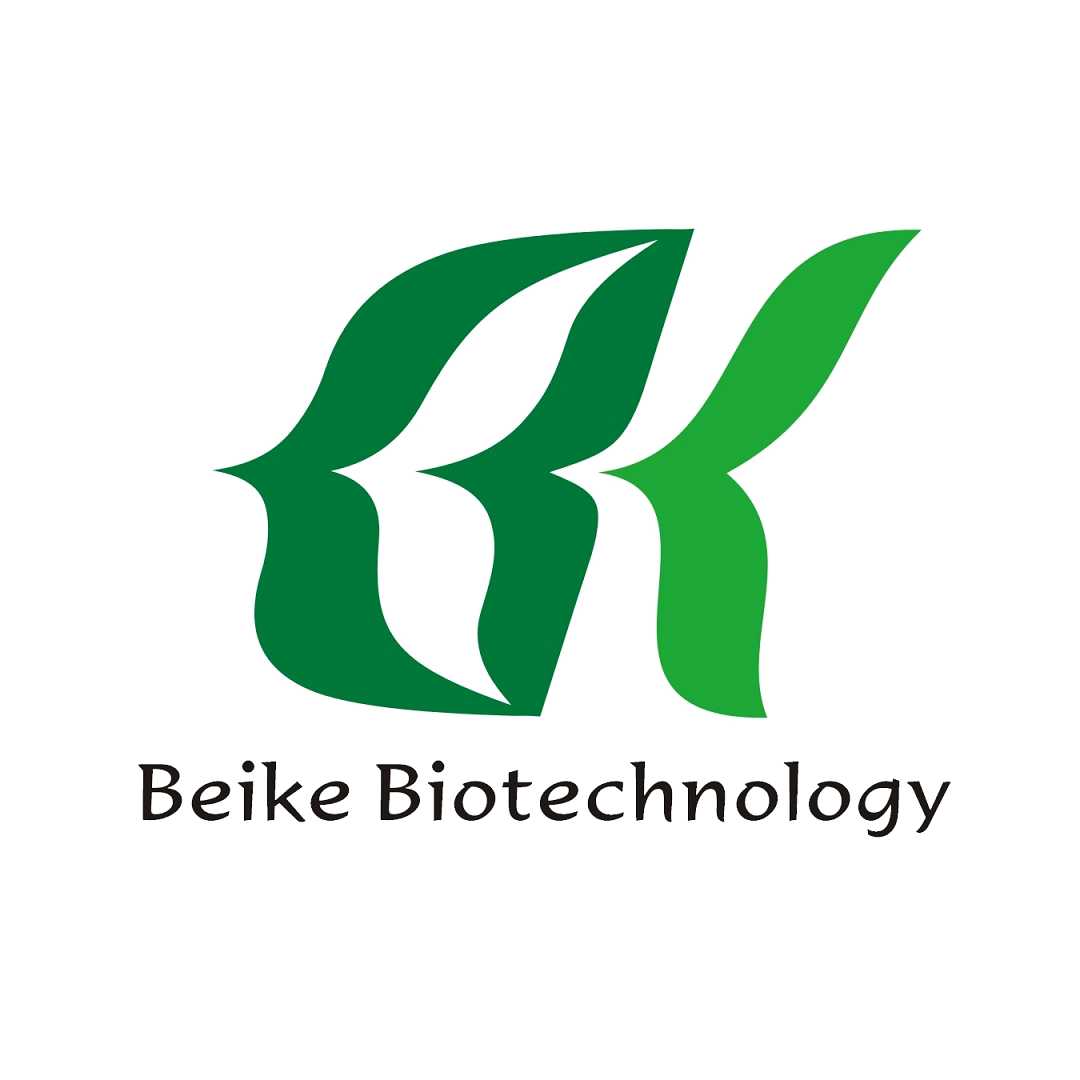
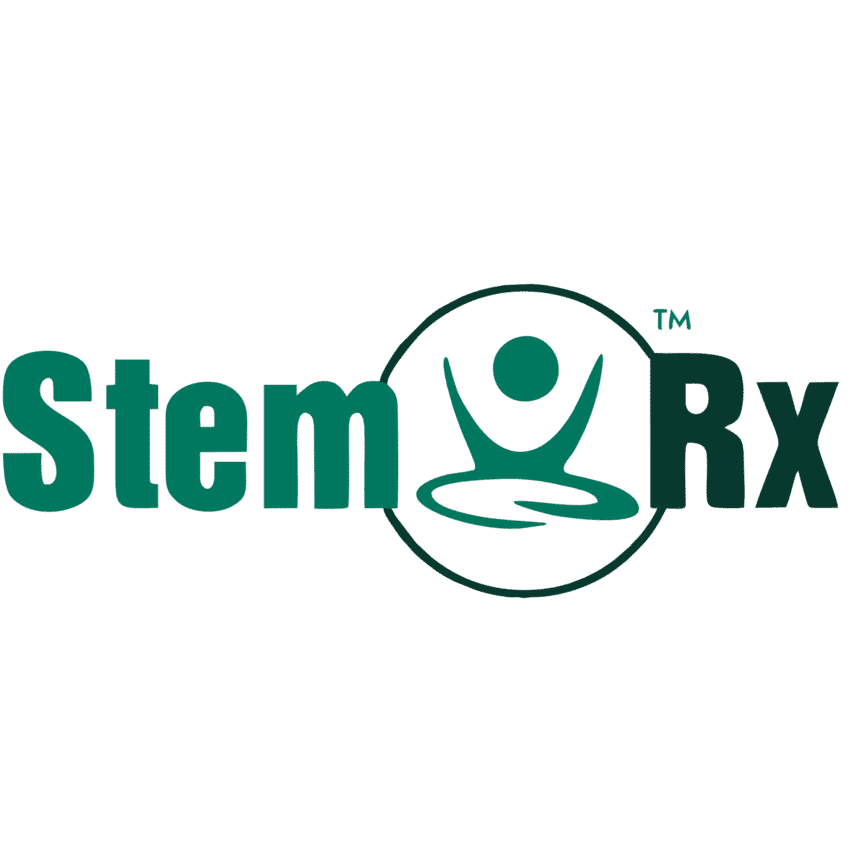
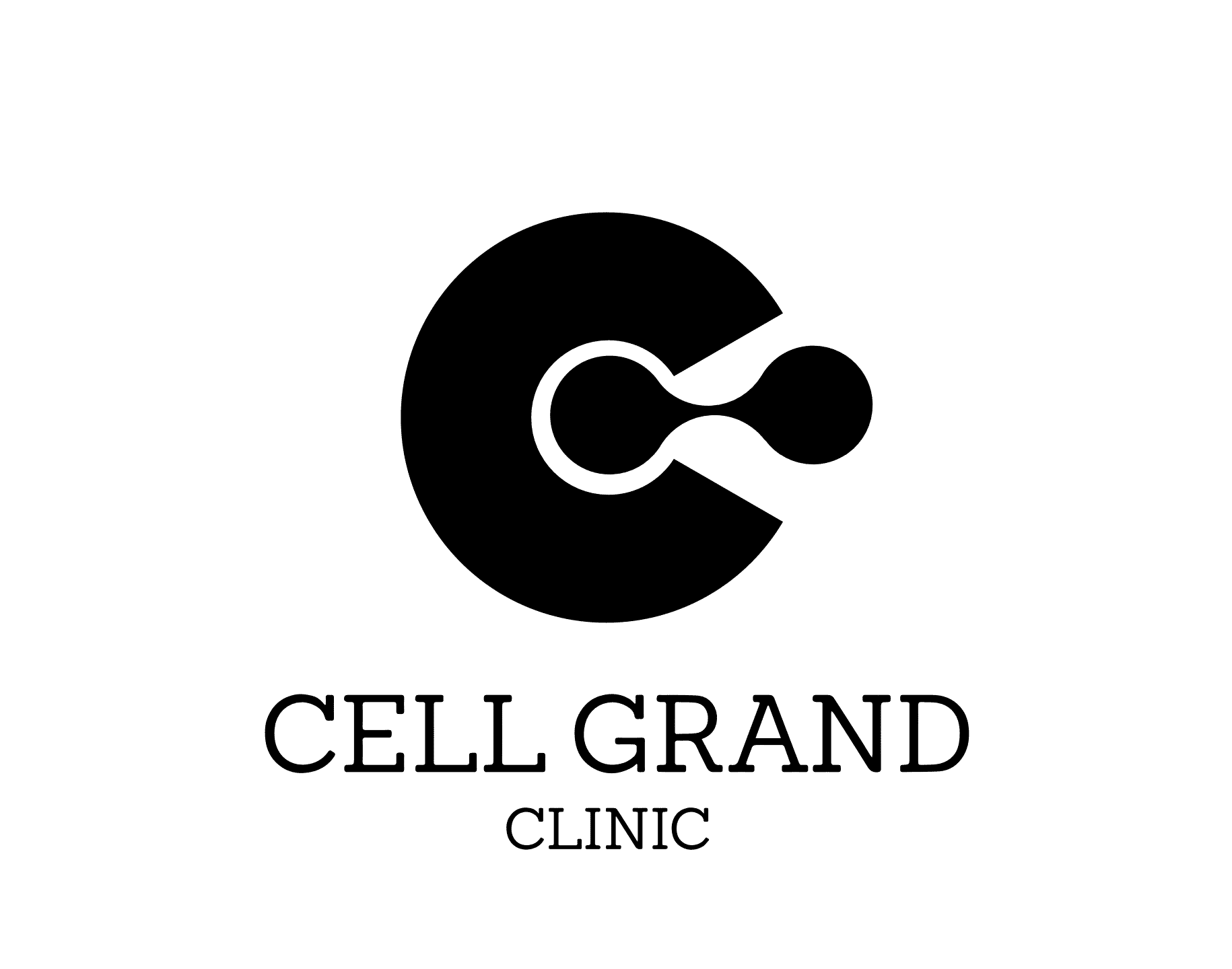
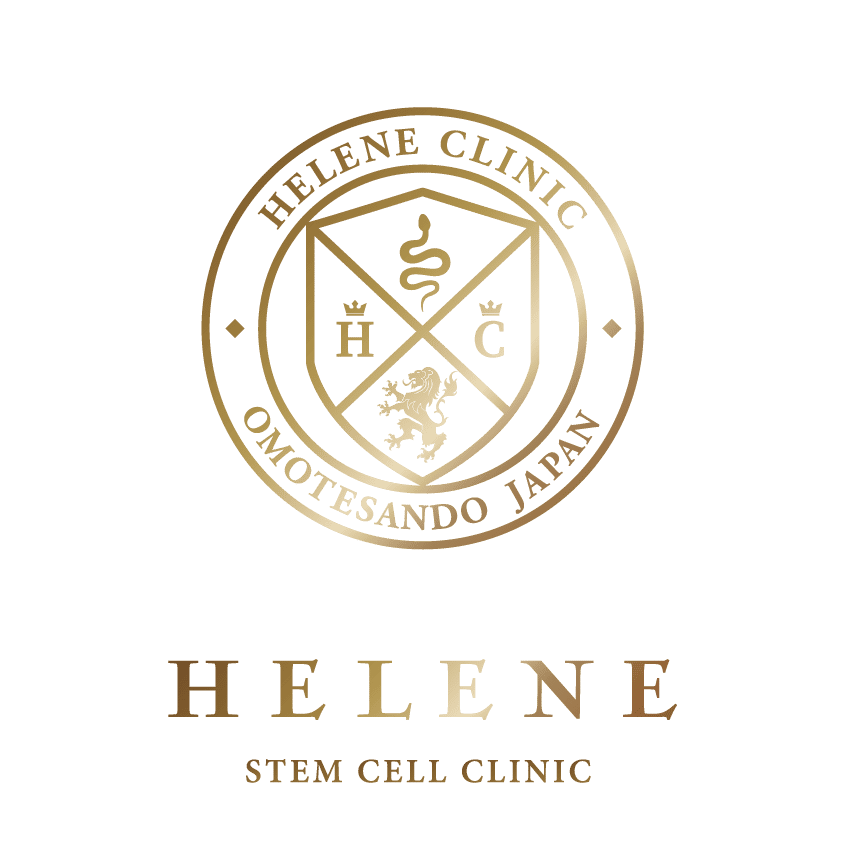

Share this listing